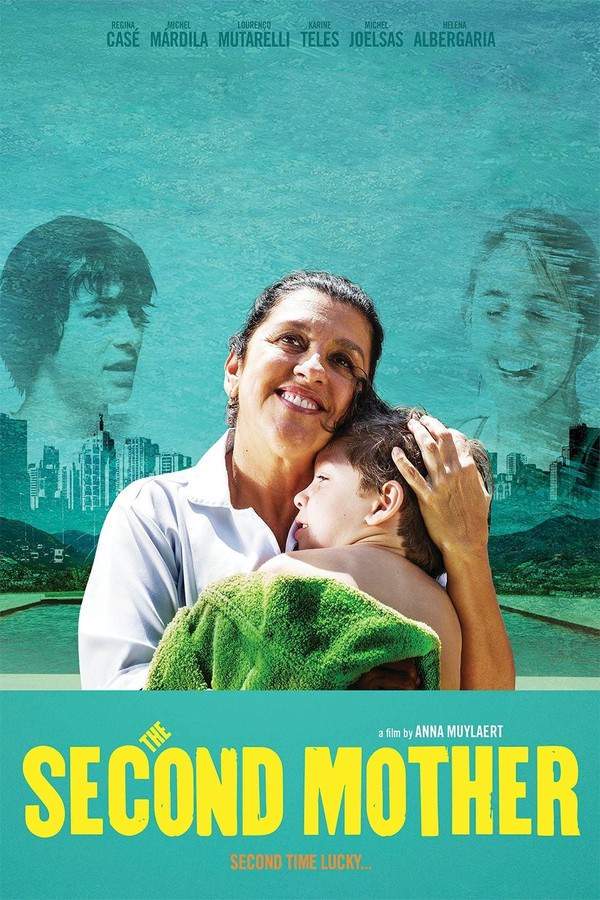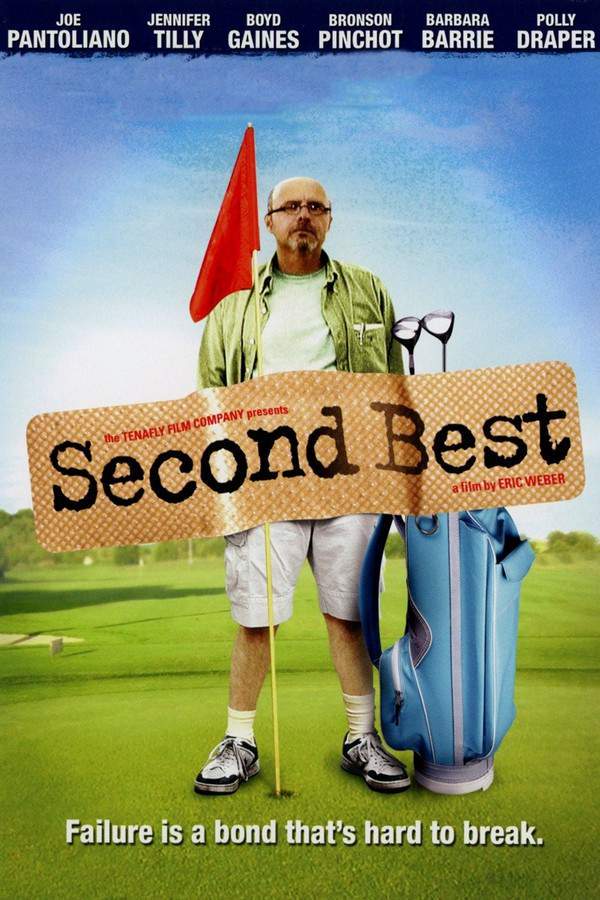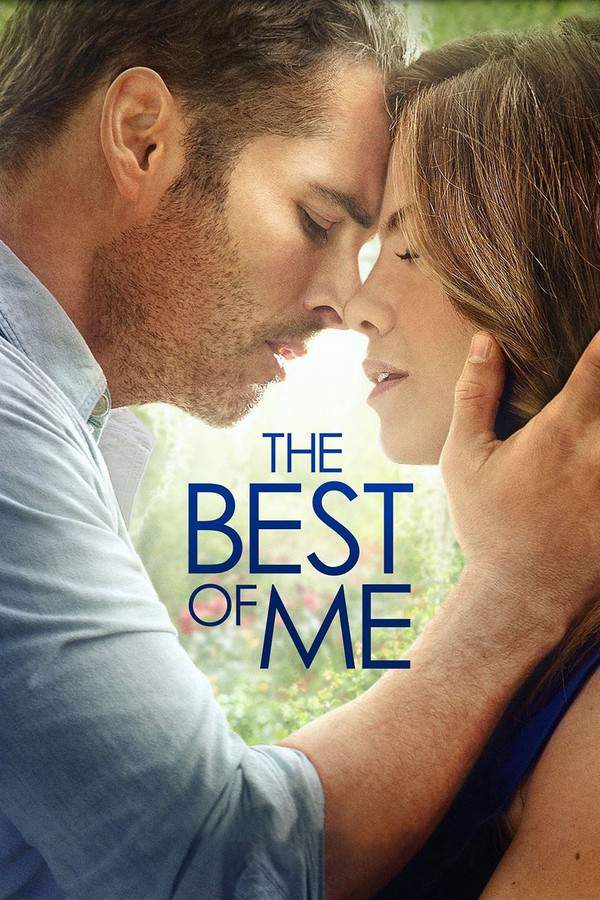
Second Best
Year: 1994
Runtime: 105 mins
Language: English
Director: Chris Menges
A British postal officer longs to be a father, while his adoptive son feels disillusioned with life. As they navigate their strained bond, they gradually build friendship, trust and hope, forging a compelling connection that reshapes both of their futures. Set against the backdrop of everyday British suburbia, their evolving relationship reveals the challenges of adoption and the yearning for belonging, ultimately delivering a heartfelt portrait of resilience.
Warning: spoilers below!
Haven’t seen Second Best yet? This summary contains major spoilers. Bookmark the page, watch the movie, and come back for the full breakdown. If you're ready, scroll on and relive the story!
Second Best (1994) – Full Plot Summary & Ending Explained
Read the complete plot breakdown of Second Best (1994), including all key story events, major twists, and the ending explained in detail. Discover what really happened—and what it all means.
Graham Holt, William Hurt, is a single man who wants to adopt a son, and he enters an extended vetting process that will test his ability to build a family while also revealing how his own emotional development was smothered by uncaring parents. The movie centers on Graham’s patient, careful journey toward fatherhood as he navigates classes, social-worker meetings, and the slow, often awkward formation of trust with the child who could become his son, James Lennards, Chris Cleary Miles.
James Lennards is a disturbed child raised in foster care, haunted by memories that feel half-remembered and half-romanticized. He carries a vivid image of his father, a man who is repeatedly in and out of prison, while his memories of his mother from age three remain foggy at best. Throughout his short life, James experiences flashbacks that provoke anger, self-mutilation, and destruction of property, painting a picture of a boy who is fragile beneath a gaunt shell of defiance.
As Graham moves through the adoption process, he attends classes and meets regularly with social workers, trying to learn what it means to parent in partnership rather than as a distant guardian. The first signs of potential connection come in small, intimate moments. When James is shown the room that would be his if the adoption goes through, he moves toward Graham and wraps his arms around him, and Graham offers a brief, reassuring hug. It’s a quiet, hopeful moment, the kind that hints at the possibility of love without forcing it.
James also makes friends with some local children who ride bicycles, giving him something to look forward to during a time when stability feels out of reach. Graham attempts to explain how a relationship should work, describing a partnership rather than a simple caretaker role, though he avoids explicitly naming love as the foundation for their bond. To understand James’s past, Graham visits key figures, including Lynn, a foster mother who was one of the few people James ever trusted. Lynn’s memories of James—his constant running away, his almost naked appearances in dirty, hidden places—highlight how deeply unsettled James has been by his formative experiences. On the long ride home, Graham asks James why he respects Lynn, and James responds with a mix of fear and longing, revealing that Lynn is not a typical caregiver in his eyes.
The two men share moments that test the boundaries of trust: James agrees to a camping weekend where tenting becomes a source of shared risk and joy. He even goes so far as to surgically test Graham’s tenderness by injuring his own forehead with a stick and asking for a kiss to make the pain go away, insisting that the kiss must be long to feel real—an echo of a past hurt connected to his birth father. Graham obliges, and the moment deepens the bond between them. That night, James slips into Graham’s sleeping bag, a quiet sign of growing closeness that both terrifies and reassures.
After several weekends together, Graham introduces James to his own family by taking him to meet his father’s brother, Uncle Turpin, played by John Hurt as Uncle Turpin. Turpin’s playful teasing eventually brings a smile to James’s face, while he challenges Graham to consider whether he is truly prepared to adopt. He urges Graham to reflect on his own relationship with his father, noting the complex dynamics of love within Graham’s family history. Turpin’s frankness, echoed by hints of a more complicated past in the original novel, pushes Graham to confront the seriousness of his decision.
As the school year begins, Graham is permitted to foster James while the final adoption takes place, ensuring that James can remain in the same school and community. The bond between them continues to grow amid the challenges of a boy who has learned to guard his heart as a survival strategy. Yet the past remains a potent force, and a new obstacle appears when James’s father reappears, claiming he is dying and asking Graham to allow him to stay nearby, unseen by James, for the last few months of his life. Graham refuses, believing that James deserves to know the truth. The reunion goes badly, rekindling old pains and sending James back toward old habits as a coping mechanism.
Ultimately, Graham and James choose a family arrangement that honors honesty and care. They invite James’s father to move in with them, and they all share the responsibility of caring for him in his final months. The choice marks a turning point: Graham makes a steadfast declaration about their relationship, and James responds with a symbolic gesture that signals a fresh start. He flips a gas-station sign from open to closed, a small act that signals the end of a painful history and the beginning of a new life. He reaches for Graham’s hand, stepping into a future built on mutual trust and shared responsibility.
I won’t be second best, we must be father and son.
Last Updated: October 09, 2025 at 12:34
Unlock the Full Story of Second Best
Don't stop at just watching — explore Second Best in full detail. From the complete plot summary and scene-by-scene timeline to character breakdowns, thematic analysis, and a deep dive into the ending — every page helps you truly understand what Second Best is all about. Plus, discover what's next after the movie.
Second Best Timeline
Track the full timeline of Second Best with every major event arranged chronologically. Perfect for decoding non-linear storytelling, flashbacks, or parallel narratives with a clear scene-by-scene breakdown.

Similar Movies to Second Best
Discover movies like Second Best that share similar genres, themes, and storytelling elements. Whether you’re drawn to the atmosphere, character arcs, or plot structure, these curated recommendations will help you explore more films you’ll love.
Explore More About Movie Second Best
Second Best (1994) Scene-by-Scene Movie Timeline
Second Best (1994) Movie Characters, Themes & Settings
Second Best (1994) Spoiler-Free Summary & Key Flow
Movies Like Second Best – Similar Titles You’ll Enjoy
The Second Mother (2015) Plot Summary & Ending Explained
Second Best (2005) Plot Summary & Ending Explained
The Best of Me (2014) Story Summary & Characters
Second Spring (2018) Full Movie Breakdown
Second Half (2019) Plot Summary & Ending Explained
Second Hand Child (2003) Full Movie Breakdown
The Child (2005) Detailed Story Recap
Second Name (2002) Detailed Story Recap
Second Glance (1992) Complete Plot Breakdown
Second Generation (1983) Complete Plot Breakdown
The Second Coming (1995) Full Summary & Key Details
A Second Chance (1976) Story Summary & Characters
My Second Brother (1959) Plot Summary & Ending Explained
A Boy Called Dad (2009) Plot Summary & Ending Explained
Best Boy (1979) Spoiler-Packed Plot Recap

















